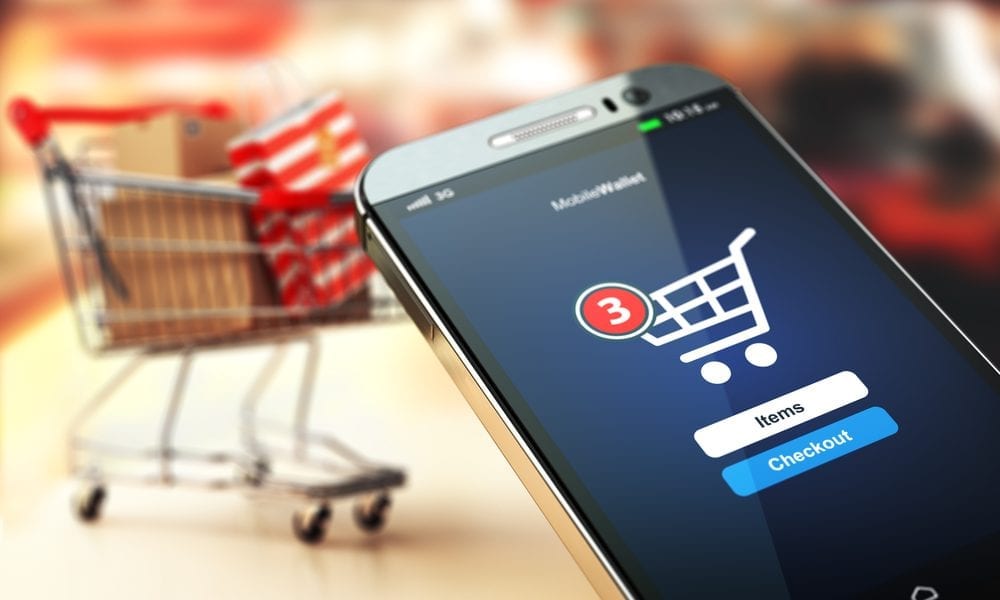When it comes to trends shaping commerce in 2022, the innovators are at it again. This time, they’re looking for ways for merchants to turn payments from a cost center into a revenue driver.
That may sound like a stretch, but as Checkout.com’s director of strategic partnerships, Tyler Zanini, told PYMNTS, it’s one of the best cures for the unexpected growth hangover from 2021.
Noting that last year will go down in the books as the year of growth at all costs, Zanini said businesses are reining in their expectations and starting to become hyper-attuned to top-line trends. He conceded that checkout and payments is a big part of the cost equation, where optimization, processing fees, orchestration and localization all take their toll.
“There’s a lot that merchants have to think about in this new … normal,” he said.
While merchants are doing everything conceivable to bring in more business, those efforts only go so far when the Consumer Price Index (CPI) is through the roof and pundits are arguing over whether the economy is technically in recession. At such times, look within for hidden treasure.
“Fundamentally, payments and the checkout is about conversion, it’s about the increase in authorization rates and always has been,” he said.
Zanini said having the right payment methods in place and ensuring that the transaction goes through can yield unexpected gains. And those incremental percentage points can be a sudden gold mine when the organization looks to internal processes and systems, finding and eradicating inefficiencies that drive up costs.
When merchants are trying to steady the ship in rough waters and looking for those incremental percentage points, boosting approval rates should be the first thing retailers address with their payment services provider, he said. That’s where those percentage points start adding up.
“For really large enterprise businesses, it could easily mean millions of dollars in revenue,” he said.
See also: Competitive Advantages Await Marketplaces That Act Now
Localization and Innovation
It’s the same for cross-border sellers in an inflationary time, and localization has become almost as important as payments choice. As is always the case when entering a new market, knowing the preferences and catering to them at checkout is a key part of a robust defense against cart abandonment.
Reflecting on Checkout’s base in the U.K. and wide footprint across Europe, Zanini also noted the importance localized payments play in different countries.
“If you’re not offering iDEAL in the Netherlands or P24 in Poland, you’re really not going to be able to compete as a merchant in those geographies.” he said.
He added that through close consultation with merchant clients, “we’re helping to change the narrative around payments to really be one of, well, here’s where you can drive this incremental revenue.”
See also: API-Based Microservices Use Speed, Access and Ease to Cut in Front of Legacy Checkout Tech
Issues, Answers and Unknowns
What’s making it possible for merchants to take more ownership over payments — and ideally make money in the process — are payments platforms that do much of the heavy lifting.
“It allows merchants to focus on what they do best, which is selling products and not [having to ask] ‘What is my tech stack?’” Zanini said.






